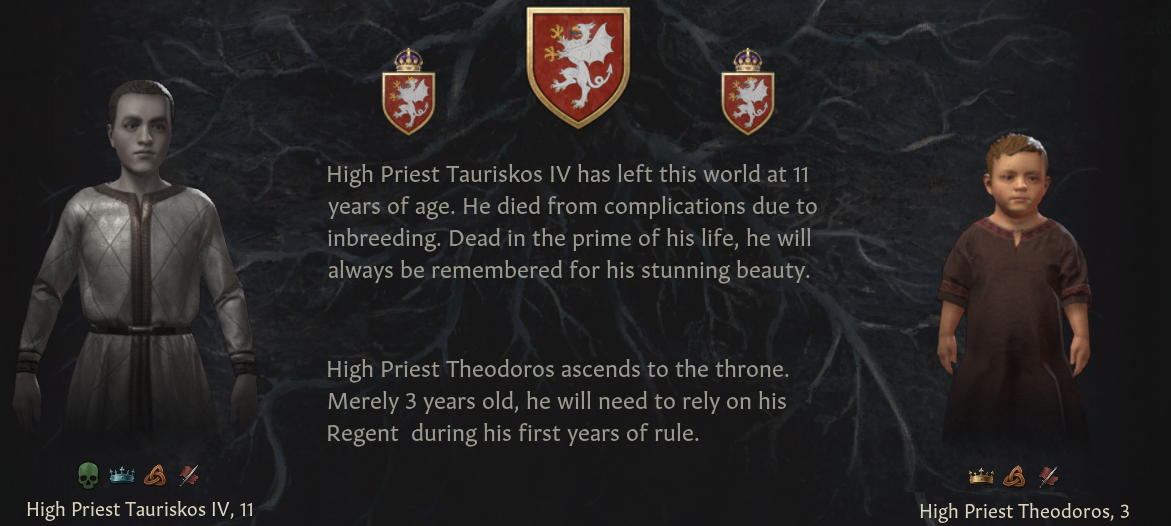Black Death, this early? Or is it Justinian's Plague, as hinted from the text string in the inheritance image?
In the options I specified that it can appear at any time, and multiple times, for greater chaos and unpredictability.
Info. - We are approaching the end of this AAR part played on The Fallen Eagle mod. In practice, there's still a month until the DLC is released, and I have about a hundred years of material from 800 - 900 for the Rajas of Asia mod. I am planning a chapter on religions in the year 800 and a description of the world divided into two parts, concerning that which is known at present and that which is unknown at present. In general, I also have a preliminary idea for something in the style of Marco Polo's Travels or Ibn Battuta when the Paradox DLC comes out.
- 1
- 1
























